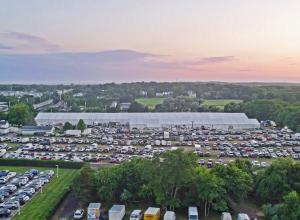While no one can precisely predict the shape of things to come, the works in the exhibition are firmly fixed on the future, providing design solutions for a number of speculative scenarios. In some instances, these proposals are borne of a sense of anxiety, and in others of a sense of excitement over the possibilities that can be created through the use of innovative materials, new technologies, and, most importantly, fresh ideas.
Timothy Rub, the George D. Widener Director and Chief Executive Officer of the Philadelphia Museum of Art, stated: “We often think of art museums as places that foster a dialogue between the past and the present, but they also can and should be places that inspire us to think about the future and to ask how artists and designers can help us think creatively about it. We are delighted to be able to collaborate with the Walker Art Center and the Art Institute of Chicago on this engaging project, which will offer our visitors an opportunity to understand not only how designers are imagining—and responding to—different visions of the futures, but also to understand just how profoundly forward-looking design contributes in our own time to shaping the world that we occupy and will bequeath as a legacy to future generations.”
Thinking about the future has always been part of the human condition. It has also been a perennial field of inquiry for designers and architects whose speculations on this subject—ranging from the concrete to the whimsical—can profoundly affect how we imagine what is to come. Among the many forward-looking projects on view, visitors to Designs for Different Futures will encounter lab-grown food, robotic companions, family leave policy proposals, and textiles made of seaweed.
“Some of these possibilities will come to fruition, while others will remain dreams or even threats,” said Kathryn Hiesinger, the J. Mahlon Buck, Jr. Family Senior Curator of European Decorative Arts after 1700, who coordinated the exhibition in Philadelphia with former assistant curator Michelle Millar Fisher. “We’d like visitors to join us as we present designs that consider the possible, debate the inevitable, and weigh the alternatives. This exhibition explores how design—understood expansively—can help us all grapple with what might be on the horizon and allows our imaginations to take flight.”
The exhibition is divided into 11 thematic sections. In Resources, visitors will encounter an inflatable pod measuring 15 feet in diameter, part of the work Another Generosity first created in 2018 by Finnish architect Eero Lundén and designed in this incarnation in collaboration with Ron Aasholm and Carmen Lee. The pod slowly expands and contracts in the space, responding to changing levels of carbon dioxide as visitors exhale around it, and provoking questions about the ongoing effect of the human footprint on the environment. The section titled Generations will explore ways in which the choices we make today may contribute to the well-being or suffering of those who come after us. Here, visitors will find a model of the Svalbard Global Seed Vault, a repository that stores the world’s largest collection of crop seeds. Located within a mountain on a remote island near the Arctic Circle, the facility is designed to withstand natural or human-made disasters. The Earths section of the exhibition speculates on the challenges of extra-terrestrial communication in Lisa Moura’s Alien Nations installation and showcases typeface from the 2016 science-fiction film Arrival.





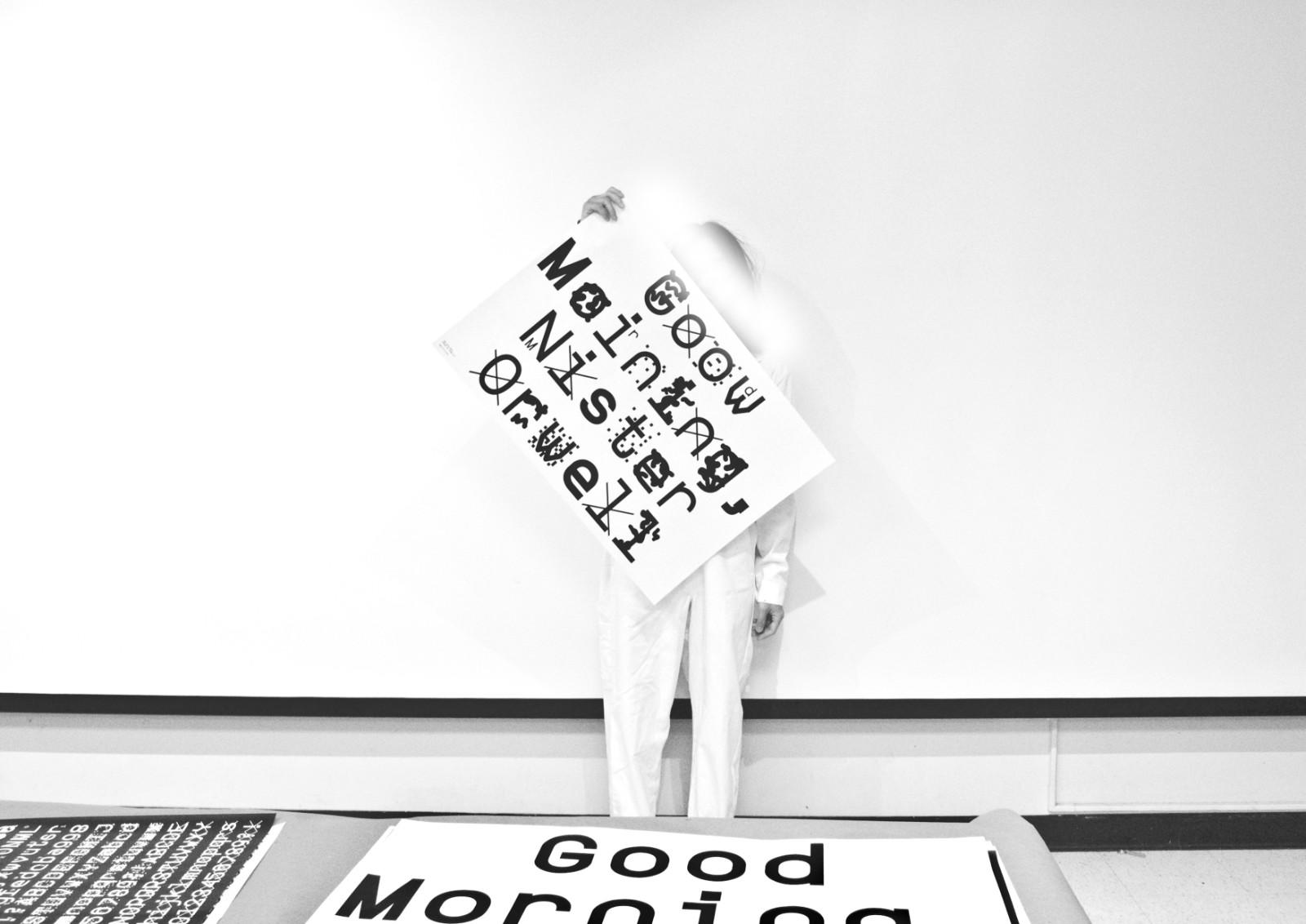
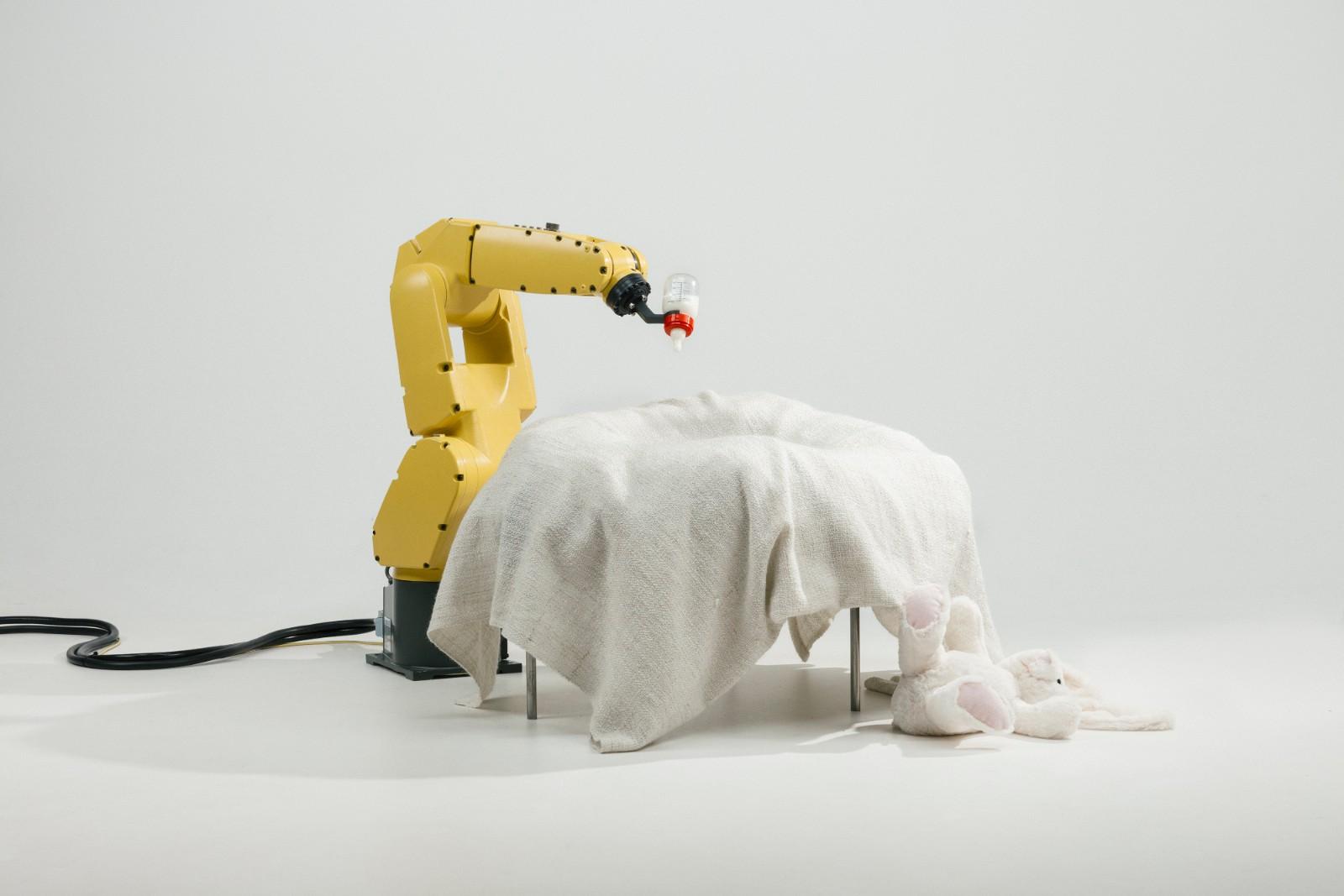

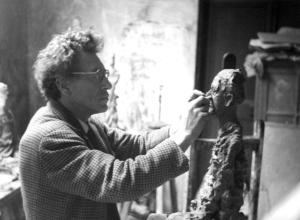

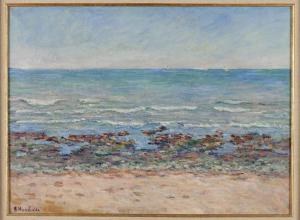

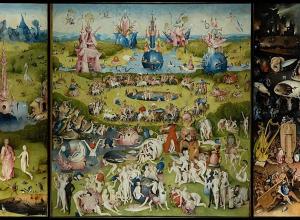

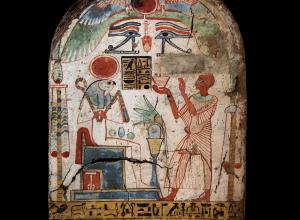


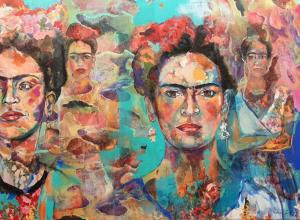




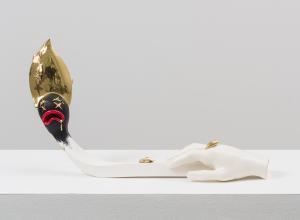

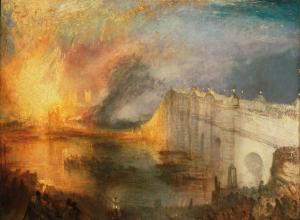
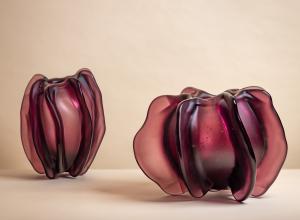
![Merina [Pop Chalee] Lujan, Taos, 1906 – 1993, Yellow Horse, gouache on paper, 13 1/8 x 18 1/8 in. (33.3 x 46 cm.) Estimate: 1,000 – 2,000](https://cdn.artandobject.com/sites/default/files/styles/image_5_column/public/4630-58.jpg?itok=kBAYkc0u)

